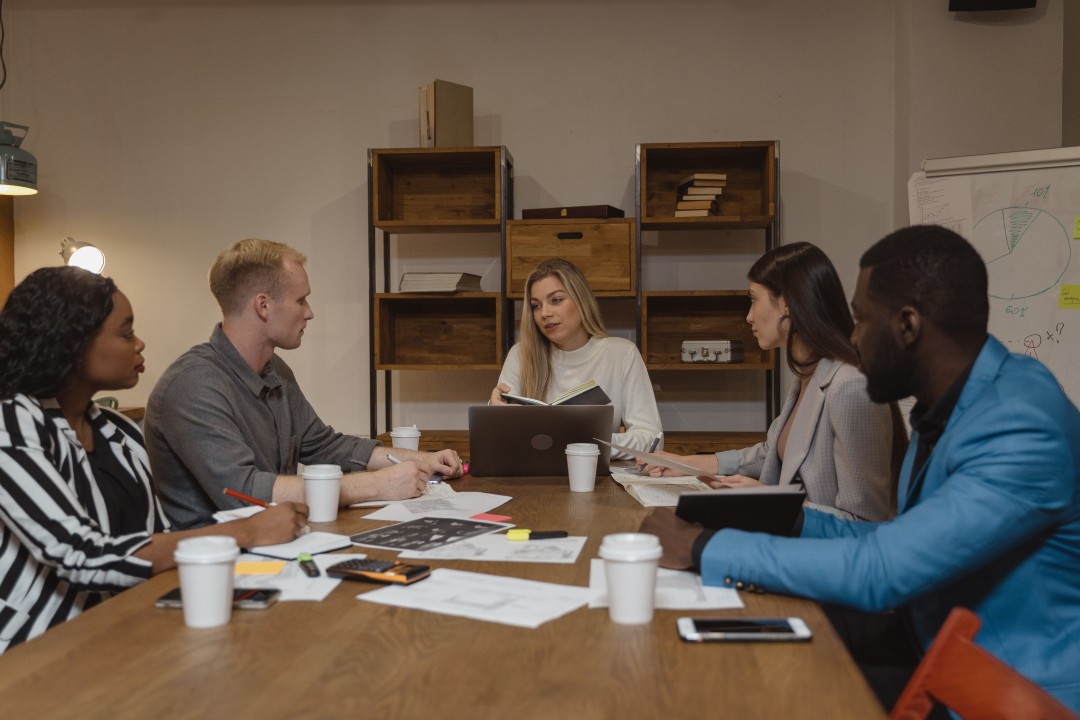During my early years, the Challenger space shuttle crash left a lasting impression on me as a poignant news story. Although I couldn’t fully comprehend the gravity of the event at the time, in retrospect, the Challenger explosion serves as a heartbreaking illustration of the consequences that can arise from systemic failures. The incident was ultimately attributed to a flawed component called the O-ring, a known issue within NASA even before the disaster occurred. However, either the employees disregarded the problem, believing it to be insignificant, or their attempts to raise awareness were dismissed by higher authorities. This tragic scenario exemplifies single-loop learning, wherein organizations focus solely on their actions without reflecting upon the underlying processes or reasons behind them. Such a narrow approach can lead to disastrous outcomes.
Single and Double-Loop Learning
Single and double-loop learning are two concepts that highlight different approaches to learning and problem-solving within organizations.
Single-loop learning, as exemplified by the Challenger space shuttle disaster, involves addressing issues by focusing on finding solutions that maintain the existing goals, strategies, and underlying assumptions. It is a reactive approach where problems are treated as isolated incidents, and the emphasis is on fixing immediate symptoms rather than questioning the underlying causes. In this case, the faulty O-ring was seen as an isolated problem, and the focus was on managing the consequences rather than questioning the decision-making processes or organizational culture that led to the oversight.
On the other hand, double-loop learning goes beyond the surface-level symptoms and delves into the underlying assumptions, values, and beliefs that shape actions and decisions. It involves questioning and challenging the existing mental models and paradigms to create deeper understanding and promote meaningful change. Instead of just addressing the symptoms, double-loop learning aims to transform the underlying systems and structures that contribute to problems. It encourages individuals and organizations to reflect, learn from mistakes, and adjust their approaches accordingly.
Double-loop learning encourages a more proactive and reflective approach to problem-solving. It involves asking critical questions, such as “Why are we doing this?”, “Are our assumptions valid?”, and “What alternative approaches can we explore?” By engaging in this type of learning, organizations can identify and address root causes, adapt to changing circumstances, and foster continuous improvement.
To avoid the pitfalls of single-loop learning, organizations need to create a culture that encourages questioning, learning from failures, and challenging existing norms. They should promote open communication, encourage diverse perspectives, and create opportunities for reflection and experimentation. Embracing double-loop learning enables organizations to become more agile, innovative, and resilient in an ever-evolving environment.
How to Shift to Double Loop Learning
Shifting to double-loop learning requires a mindset and approach that goes beyond surface-level problem-solving.
- Foster a Learning Culture: Create an environment that values continuous learning and growth. Encourage individuals to question assumptions, challenge existing practices, and seek opportunities for improvement. Emphasize the importance of reflection, feedback, and learning from failures.
- Encourage Inquiry and Reflection: Encourage individuals and teams to ask critical questions about why things are done a certain way and explore alternative perspectives. Foster a culture of curiosity and open-mindedness. Provide time and space for reflection on actions, outcomes, and underlying assumptions.
- Develop Systems Thinking: Cultivate a systems thinking approach that recognizes the interconnectedness and interdependencies within an organization. Help individuals understand how their actions and decisions impact the larger system. Encourage them to consider the long-term consequences and unintended effects of their choices.
- Promote Experimentation and Innovation: Encourage experimentation and risk-taking. Create a safe space where individuals can test new ideas, learn from the outcomes, and iterate on their approaches. Encourage collaboration and the sharing of diverse perspectives to stimulate innovative thinking.
- Embrace Feedback and Learning from Mistakes: Encourage a culture of constructive feedback and learning from failures. Encourage individuals to view mistakes as opportunities for growth and improvement. Provide resources and support for individuals to develop skills and knowledge in areas where they need to enhance their understanding.
- Develop Learning Systems and Processes: Implement systems and processes that support double-loop learning. This can include mechanisms for capturing and sharing lessons learned, knowledge management platforms, regular evaluation and reflection sessions, and opportunities for cross-functional learning and collaboration.
- Lead by Example: Leaders play a crucial role in promoting double-loop learning. They should model a learning mindset, openly acknowledge their own mistakes, and demonstrate a commitment to ongoing growth and development. Leaders should actively listen to feedback, encourage diverse perspectives, and create a psychologically safe environment for learning and innovation.
By embracing double-loop learning, organizations can foster a culture of continuous improvement, adaptability, and innovation. It enables individuals and teams to challenge the status quo, identify root causes, and drive meaningful change that goes beyond surface-level solutions.
Double Loop Learning for Individuals
Double-loop learning is not only applicable to organizations but also to individuals seeking personal growth and development.
- Reflect on Assumptions and Beliefs: Take time to reflect on your underlying assumptions and beliefs about yourself, others, and the world. Question whether these assumptions are still serving you or if they limit your potential for growth. Challenge deeply ingrained beliefs that may hinder your progress.
- Embrace a Growth Mindset: Adopt a growth mindset that emphasizes the belief that abilities and intelligence can be developed through dedication and effort. Embrace challenges, view failures as learning opportunities, and persist in the face of setbacks. Be open to feedback and use it as a means to improve and grow.
- Identify Patterns and Behaviors: Pay attention to recurring patterns and behaviors in your life that may be holding you back or leading to undesirable outcomes. Examine the underlying reasons for these patterns and consider alternative approaches or perspectives that could lead to different results.
- Ask “Why” and “How” Questions: Instead of solely focusing on “what” you did or achieved, delve deeper into the “why” and “how” behind your actions and decisions. Explore the underlying motivations, values, and assumptions that influence your choices. Ask yourself why you approached a situation in a particular way and how you could have approached it differently.
- Experiment and Try New Approaches: Be willing to step out of your comfort zone and try new approaches or behaviors. Take calculated risks and be open to the possibility of failure. Embrace the learning process and use the insights gained from these experiences to refine your strategies and actions.
- Seek Feedback and Learn from Others: Actively seek feedback from trusted individuals who can provide different perspectives and insights. Be receptive to their feedback and consider how it aligns with your own self-assessment. Use feedback as an opportunity to gain new insights, challenge your assumptions, and adjust your approach accordingly.
- Continuously Learn and Adapt: Cultivate a habit of lifelong learning. Seek out new knowledge, skills, and experiences that expand your horizons. Stay curious and open-minded, embracing opportunities to broaden your understanding and challenge your existing beliefs. Regularly evaluate and adjust your strategies based on new insights and experiences.
Double-loop learning for individuals involves a deep commitment to self-reflection, continuous improvement, and a willingness to challenge one’s own assumptions and behaviors. By embracing this approach, individuals can unlock their potential, overcome barriers, and achieve personal growth and development.



